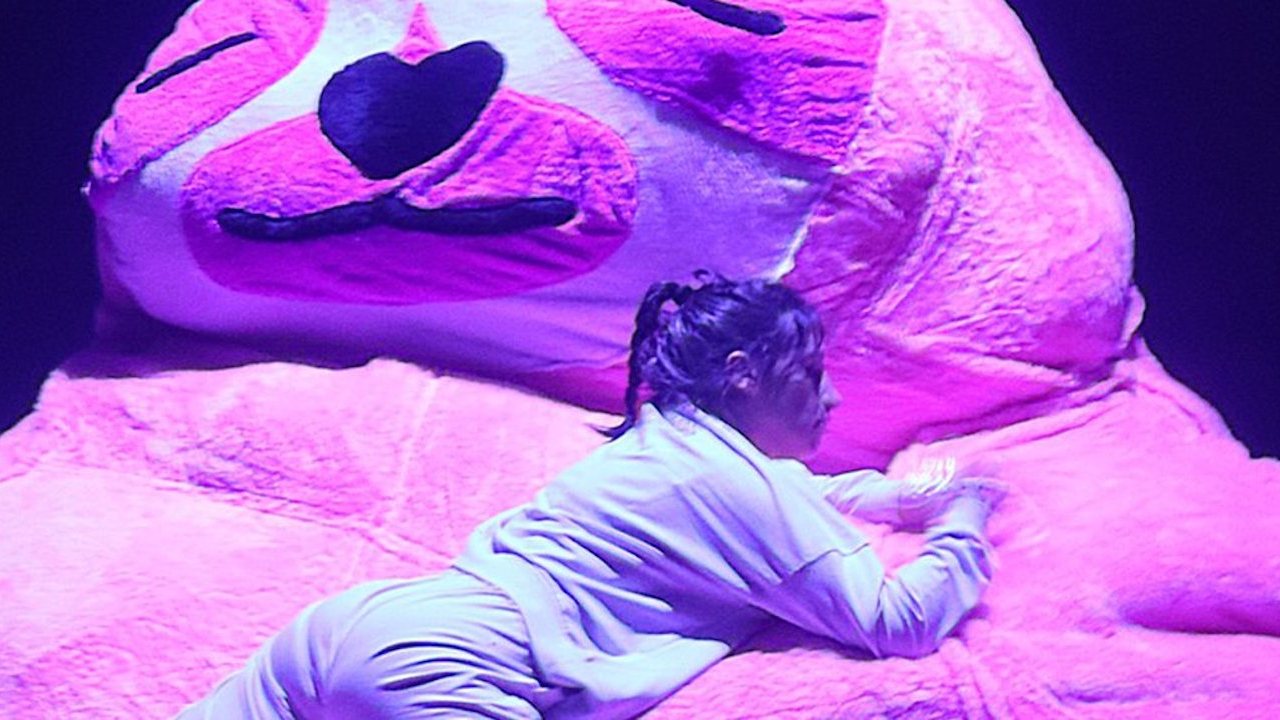The “Miragem” exhibition, created by Joana Magalhães to explore three ways of dialoguing with the ending, the “extinction of fiction, the extinction of laziness and the extinction of the grieving process”, opens on Friday at Culturgest in Porto.
Based on three interactive and immersive installations, “Furar a Neve”, “Haiku” and “Love song: what is dead is dead”, the show can be seen until November 27, in the space of that institution in Porto .
Since 2019, Joana Magalhães, who acts mainly in the theater but “orienting herself more towards the visual and plastic arts”, has been developing research on the ending, and “Miragem – discourses on the ending” “proposes almost a dialogue with the ending, by try to understand it, postponing it”, he explains to Lusa.
“In the sense that there has to be recognition and coexistence in order to be able to project a future. The book ‘Há Mundo por Vir’, by Eduardo Viveiros de Castro and Deborah Danowski, speaks of the particular moment we live in, in which individual extinction is confused with collective extinction”, he reflects.
From there, and linking this issue to climate change, to a world post covid-19 pandemic and with “the possibility of World War III”, catastrophes become “hyper-objective, things very close, very present, that are confuse”. own death as individuals.
From the dialogue with the end, to recognize it and live with it, he arrived at three “different ways of facing the end”, “the extinction of fiction, the extinction of laziness and the extinction of mourning”, not chosen at random but presented as forms of resistance.
The three installations are each based on an animal, with a scenario of “a very oneiric component, to use elements taken from the collective unconscious”, and as a confrontation or divergence of the ending, occupying various spaces in Culturgest, including the vault.
In the first, fiction, the idea of telling stories is worked on as a way of postponing the end, like Scheherazade in “The Thousand and One Nights”, in a work entitled “Furar a Neve”, with a duration of 30 minutes. video in which “a panda goes to a psychoanalyst because he is afraid of his own extinction”, followed by three greenhouse variations, “a ‘bunker’, a greenhouse in the broad sense and a tent”.
In “Haiku”, there is “a compliment to sloth, as an animal and as a deadly sin”, with a “nice monument that people can interact with”, being able to stay as long as they want with a giant version of this living being , in a logic of “stopping”, of resisting the imposed time.
In the third, “Love song: the dead is dead”, in the vault of Culturgest, the raven, “one of the few animals with rituals associated with mourning”, places death as a “precious thing”.
“We were distancing ourselves from the grieving process, making death very far away. Death was arranged in hospitals, it is something that is far away from us. There is almost an escape from it. The average life expectancy has increased, we think of living longer, also from an ‘accelerationist’ perspective. (…) And we reject the mourning process, the admission that the end exists. It’s a denial, almost,” she says.
In addition to the exhibition, on October 22 the four-hour show “Haiku Extended” will be presented, in which Joana Magalhães performs “an Olympic Games race, in the sloth mode, for two hours.”
The exhibition will also feature guided tours by specialists from different areas, from university professor Fátima Vieira, on contemporary utopias, to psychoanalysis and Vítor Moita, as well as an unannounced guest.
Co-created with Susana Paixão (“Furar a Neve”), Marisa Escaleira (“Haiku”) and Stéphane Alberto (“Love Song”), the three installations combine a journey and a narrative, in which the public can interact with the creations. , but also to follow a thread that connects them.
Source: Observadora
